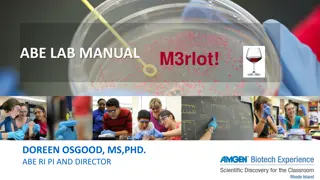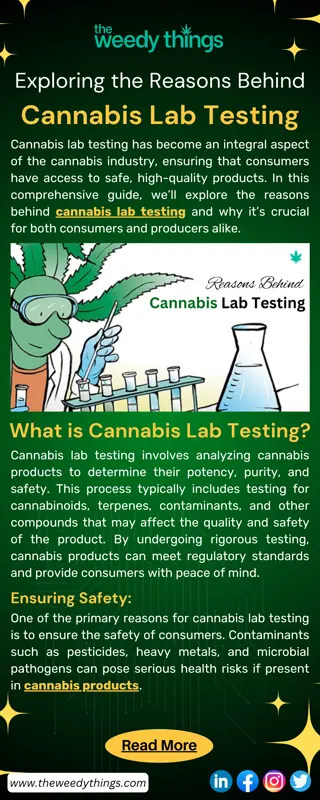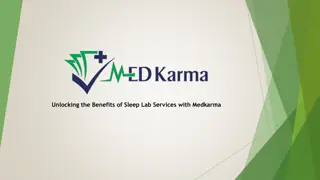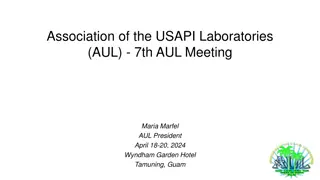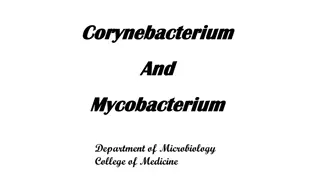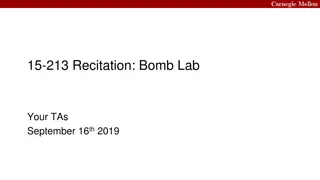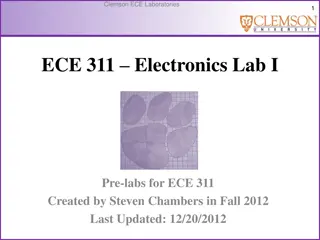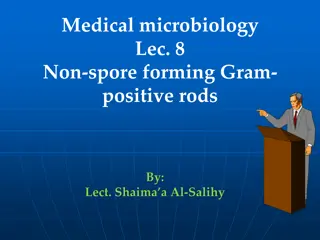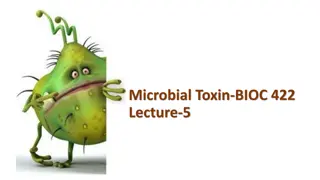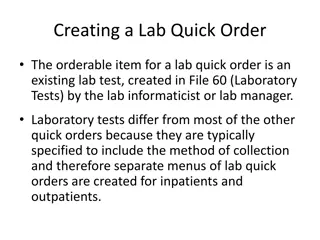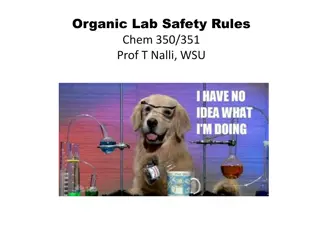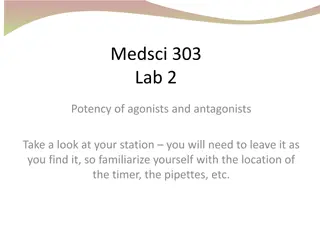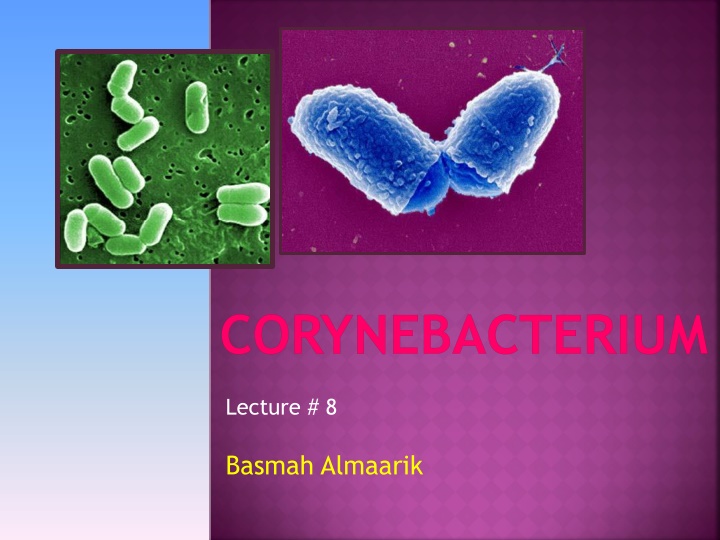
Corynebacterium: Characteristics and Identification
Explore the characteristics, identification methods, and culture requirements of Corynebacterium bacteria, including its role as a common skin contaminant and major pathogen causing diphtheria. Learn about special stains, media used for cultivation, and differential features such as growth on Tinsdale agar.
Download Presentation

Please find below an Image/Link to download the presentation.
The content on the website is provided AS IS for your information and personal use only. It may not be sold, licensed, or shared on other websites without obtaining consent from the author. If you encounter any issues during the download, it is possible that the publisher has removed the file from their server.
You are allowed to download the files provided on this website for personal or commercial use, subject to the condition that they are used lawfully. All files are the property of their respective owners.
The content on the website is provided AS IS for your information and personal use only. It may not be sold, licensed, or shared on other websites without obtaining consent from the author.
E N D
Presentation Transcript
CORYNEBACTERIUM Lecture # 8 Basmah Almaarik
GRAM POSITIVE NON SPORE FORMING EAROBIC BACILLI Catalase +ve Catalase -ve Motile (at room temp.) Sugar fermentor Non sugar fermentor Non Motile Coryebacteri um Listeria Lactobacilli Erysipleothrix
ERYSPLEOTHRIX Gram stain: -G+ve fine bacilli Culture: -Grow on Blood Agar -Non motile Biochemical reaction: -Catalase ve -Produce H2S from triple sugar iron (TSI)- Blackening of the media
GENUS: CORYNEBACTERIUM Mostly normal flora skin & mucous membranes. Most common skin contaminant seen in labs. Considered contaminants, largely ignored and called Diphtheroids Major pathogen is: C.diphteria cause diphteria
GRAM STAIN: Gram positive Non motile Pleomorphic rods arranged in: Palisades Chinese letter formation Easley decolorized Use decolorizer fast
SPECIAL STAINS are used to demonstrate Volutin granules which are intracytoplasmic storage form of complexe inorganic polyphosphate. They are called metachromatic granules due to their displaying the metachromatic effect; they appear red when stained with methylene blue. Neisser s technique Albert stain
CULTURE: Aerobic or facultatively anaerobic: can grow with or without O2 Slow grower ( 48 hours ). Need nutritionally rich media such as blood media (non hemolytic colonies). Convex, white to gray tiny colonies Catalase positive.
MEDIA Tinsdale ( or Tellurite-cystine blood agar ) (selective and diffrential) Blood tellurite Agar (selective) Loeffeler s medium. (non selective)
TINSDALE MEDIA (DIFFERENTIAL AND SELECTIVE) Serum (or blood) enrichment. Tellurite, sodium thiosulfate: inhibit other normal flora. Cystine: interact with tellurite to produce hydrogen sulphide witch gives the brown halo. C.diphtheriae black colonies, surrounded by a dark brown halo
TINSDALE MEDIA (DIFFERENTIAL AND SELECTIVE) C.diphtheriae
BLOOD TELLURITE AGAR Potassium tellurite selective Organisms other than corynebacteria sp. are generally inhibited Corynebacteria diphtheriae reduces tellurite and produces grey or grey-black colonies, can be hemolytic or non-hemolytic. Commensal diphtheroid colonies are grey and non-hemolytic.
LOEFFLERS MEDIA Used mainly for the induction of granules produced by C.diphteria. It is not used as primary isolating media because commensal diphtheroids may overgrow the diphtheria. C.diphteriae : appear as yellowish growth on slant. It grows rapidly on this media producing significant growth in 4-6 hours.
ELEK TEST used to determine whether the organism is able to produce the diphtheria toxin or not Filter paper strip impregnated with diphteria antitoxin It is buried just beneath the surface of the agar plate before The agar hardens. Enriched media with serum Streak bacteria at right angle to antitoxin strip Presence of precipitation lines indicates toxin production
ALWAYS DO +VE & -VE CONTROLS -ve control (known nontoxigenic strain) Test strain +ve control (toxigenic strain)
YOUR WORK FOR TODAY You have 2 organisms C. diphtheriae Diphthoroids Sub to tinsdale Do gram stain See the black colonies in 24 hours See demonstration plates
Corynebacterium jeikeium (JK group) Opportunistic, immuno-compromised Resistant to many antibiotics Sensitive to vancomycin
Diphtheriae very rare because of vaccination DPT D P T = = = Diphtheria Pertussis Tetanus
THANK YOU http://tbn1.google.com/images?q=tbn:CpNd454q9_U_rM:http://images.the-scientist.com/content/images/articles/55589/68-1.jpg http://tbn1.google.com/images?q=tbn:dK71aZvzVGlPXM:http://classes.design.ucla.edu/Winter09/9-1/blog/a/wp-content/uploads/2009/03/510676658_425afb1323.jpg

